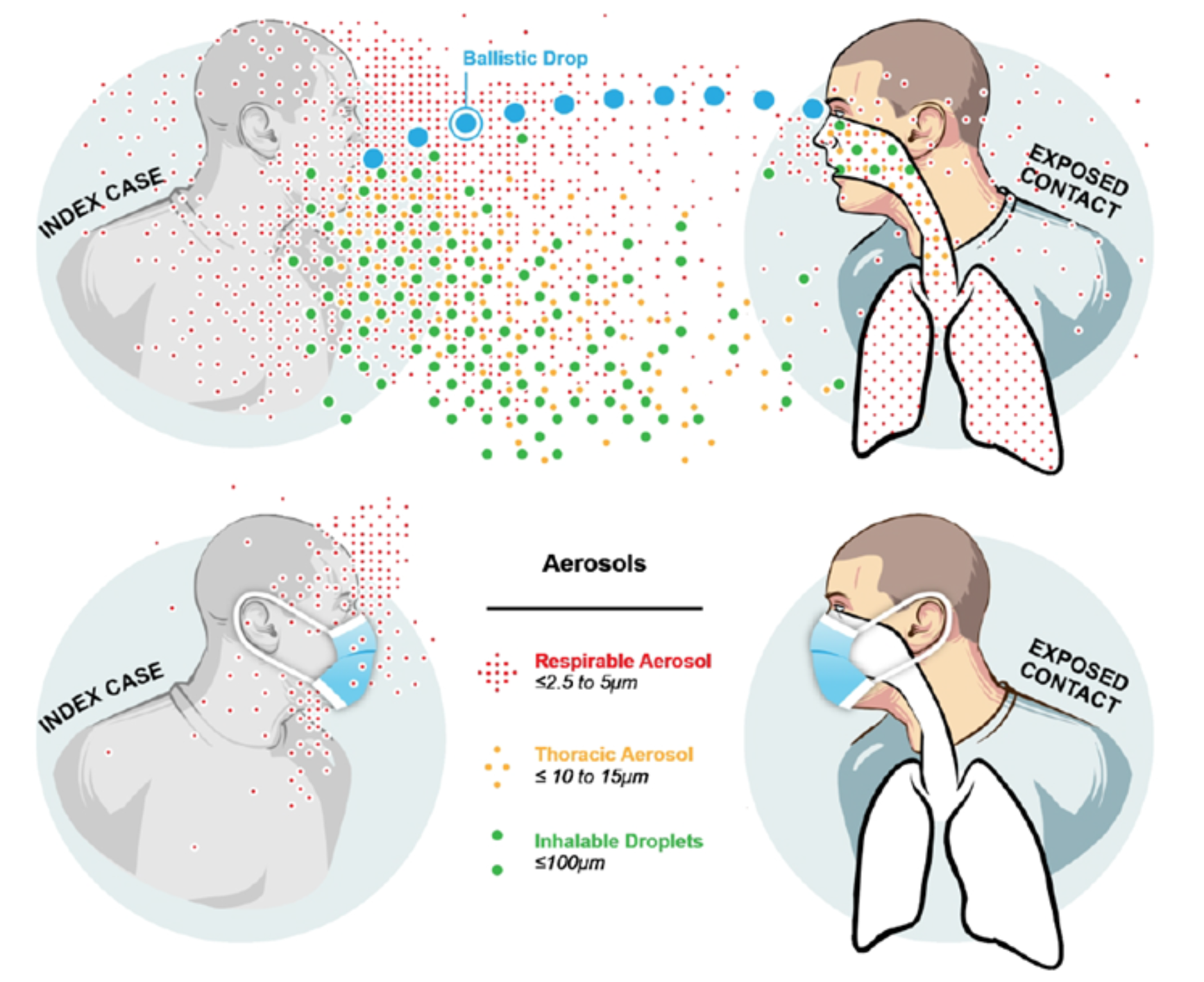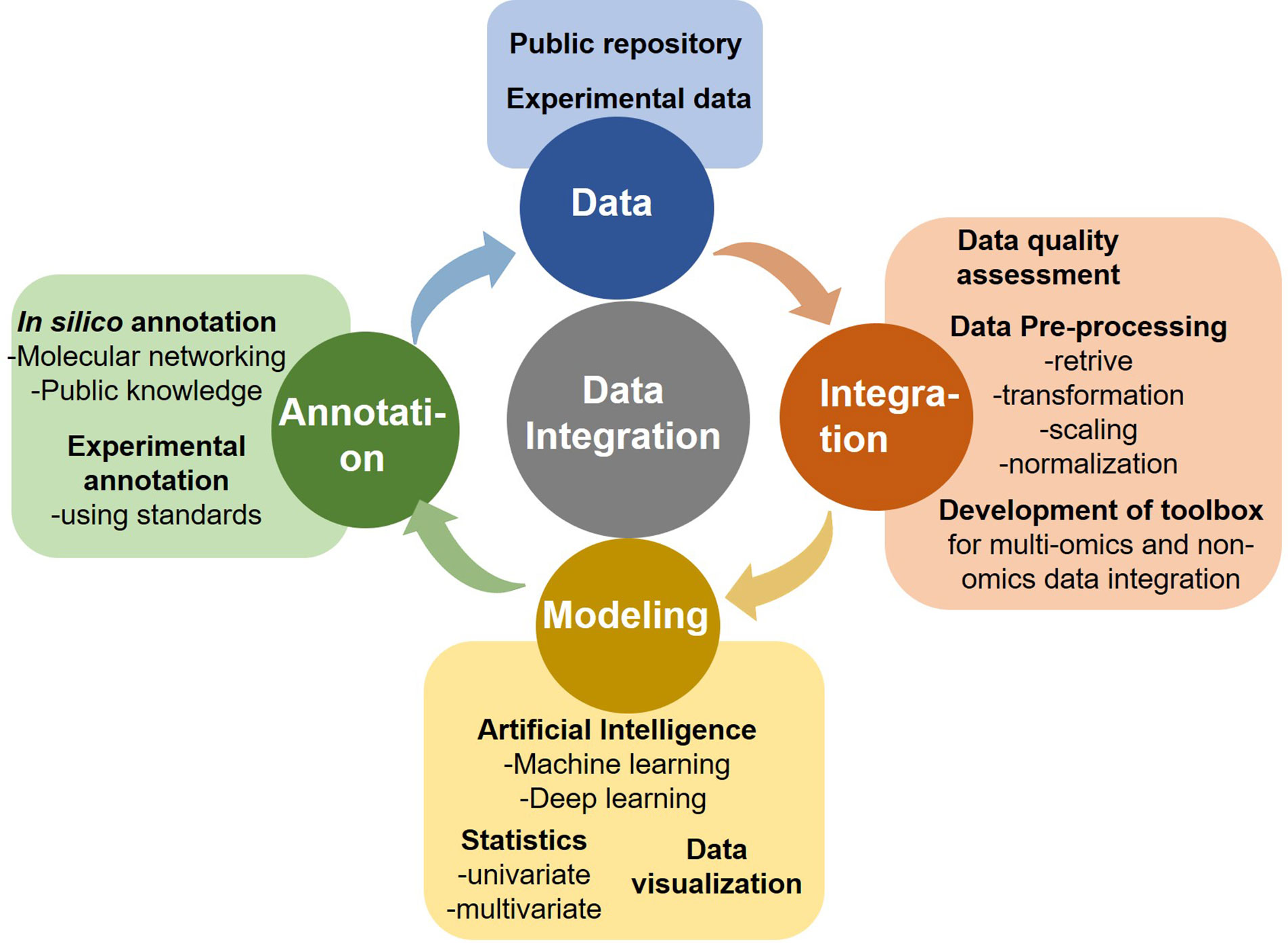Airborne disease control is a critical aspect of public health, especially in our interconnected world where airborne diseases pose significant risks. As Carl Zimmer highlights in his recent book, the journey to understanding how microorganisms can spread through the air has been fraught with challenges. Historical figures such as William Firth Wells contributed immensely to the germ theory of disease, yet their findings often faced skepticism due to their personalities and the prevailing scientific beliefs. The recognition of how airborne pathogens travel and infect populations is vital for developing effective control strategies. By examining past research and the science behind these diseases, we can better prepare for future outbreaks and enhance our response to airborne threats.
The management of diseases that spread through the air is paramount in safeguarding public health, especially as we navigate through each new health crisis. Often referred to as airborne pathogens, these silent agents of infection can travel unnoticed and affect vast populations. Early proposeurs of the germ theory of illness, including influential scientists, laid the groundwork for current understanding of airborne transmission. Their breakthroughs, despite facing historical prejudices, paved the way for modern interventions capable of minimizing the risks posed by airborne contagions. Exploring this topic further ensures that we are well-equipped to tackle the challenges presented by airborne illnesses in the future.
The Role of Personality in Science
In the evolution of scientific understanding, the personality traits of researchers often play a crucial role in the public reception of their findings. Carl Zimmer’s exploration of William Firth Wells serves as a poignant reminder that while groundbreaking discoveries can change our grasp of infectious diseases, a scientist’s public persona can significantly hinder or promote their acceptance. Wells, known for being socially awkward, struggled to convey the importance of his research on airborne pathogens. Despite his innovative contributions to the germ theory of disease during his tenure at Harvard, his off-putting nature detracted from the significance of his work and limited collaborations that could have amplified his findings.
The impact of personality extends beyond individual researchers to the collective advancement of science. When influential figures in medicine and public health fail to connect with their audience, the dissemination of vital information on issues like airborne diseases remains stunted. As Zimmer discusses, the intersection of a scientist’s character and their ability to advocate for their discoveries illustrates the often-overlooked factors in the history of science. In the case of Wells, who identified how microbes could be transmitted through the air, a more compelling narrative could have led to earlier acknowledgment and implementation of airborne disease control measures.
Airborne Disease Control: A Historical Overview
The quest for understanding airborne diseases has a rich history marked by significant scientific milestones. Initially, the miasma theory, which posited that ‘bad air’ was the source of diseases, dominated medical thought until the rebellious ideas of researchers like Louis Pasteur began to emerge. The germ theory of disease revolutionized our comprehension of pathogens, shifting the focus to how microorganisms, rather than foul air itself, played a pivotal role in spreading illnesses through the atmosphere. This foundational change was crucial for the development of effective airborne disease control strategies, which are essential in managing outbreaks today.
William Firth Wells’s research in this space during the early 20th century pushed the boundaries even further by demonstrating how airborne pathogens could be systematically studied and ultimately controlled. His experiments with airflow and ultraviolet light paved the way for innovations in health infrastructures, particularly in environments like hospitals where controlling airborne diseases is paramount. By isolating infectious agents and their transmission pathways, Wells introduced methodologies still relevant in modern public health strategies, underscoring the necessity for continuous research and adaptive measures in airborne disease control.
Influence of Historical Figures on Airborne Pathogen Research
Historical figures in science, such as William Firth Wells, have made monumental strides in understanding airborne diseases, yet their influence is often shrouded by the complexities of their personas. For instance, while Wells’s innovative methods of studying pathogens marked significant advancements, his inability to effectively communicate the urgency and importance of his findings left his contributions undervalued. This highlights a broader issue within scientific discourse where recognition often hinges not solely on the merit of work but also on the researcher’s ability to present their findings with authority and charisma.
Furthermore, the legacy of researchers like Wells begs the question of how we assess impact in science. While Wells’s basic tenets of airborne transmission are foundational in today’s medical practices, his story serves as a cautionary tale about the societal perceptions surrounding scientists and their work. The integration of personality and research prowess is critical in fostering a scientific environment where breakthroughs—especially those related to airborne diseases—can gain the acknowledgment they rightly deserve.
Modern Implications of Airborne Disease Understanding
Today, our understanding of airborne diseases is more critical than ever, especially in light of recent global health crises that have underscored the necessity for effective airborne disease control. The lessons gleaned from researchers like Wells are pivotal in shaping current protocols for managing outbreaks. Advances in technology and understanding of airborne pathogens enable us to develop sophisticated measures, such as enhanced filtration systems and UV light sterilization, to minimize risks in public spaces and health facilities.
Additionally, public awareness and education about the transmission of airborne diseases are imperative in fostering community resilience against potential outbreaks. The intersection of science communication and public health interventions remains vital. Efforts to portray the relevance of scientific research in layman’s terms can mobilize public support for measures that are scientifically sound yet often overlooked. As the narrative surrounding airborne diseases continues to evolve, the connection between historical findings and modern practices will be crucial in forging a path forward in global health.
Collaborative Research in Airborne Disease Control
The complexities of airborne disease transmission necessitate collaboration among scientists, public health officials, and community stakeholders. As demonstrated by the achievements of figures like Wells, interdisciplinary work can lead to significant breakthroughs in understanding how diseases spread and how they can be controlled. Collaborative research not only enhances the scope of investigation but allows for a richer perspective on the impacts of airborne pathogens on different populations. Combining insights from microbiology, environmental science, and epidemiology creates a comprehensive approach to managing and mitigating the effects of airborne diseases.
Furthermore, fostering partnerships between academia, government, and private sectors is crucial in advancing research on airborne diseases. By sharing resources, data, and innovative technologies, these sectors can expedite the development of effective airborne disease control measures. Moreover, educational initiatives that encourage interdisciplinary education among students in scientific fields will ensure a new generation of scientists equipped not only with technical expertise but also with the collaborative skills necessary to tackle complex health challenges.
Public Health Policies and Airborne Diseases
Effective public health policies are essential in controlling the spread of airborne diseases, particularly in an increasingly interconnected world. Drawing from historical data and research—including the foundational studies by William Firth Wells—these policies must integrate scientific findings about disease transmission dynamics. This combines a focus on prevention through vaccination, environmental health controls, and public education campaigns that empower communities to take proactive measures.
Moreover, the implementation of rigorous surveillance systems can help health officials monitor trends in airborne disease outbreaks and facilitate rapid responses. Public health policies guided by substantial research history not only help in controlling immediate threats but also prepare societies for future challenges. As the field of airborne diseases continues to evolve, policies rooted in rigorous scientific inquiry will play a central role in safeguarding public health across demographics.
Future Directions in Airborne Disease Research
As we look to the future of airborne disease research, the importance of advanced methodologies and technology cannot be overstated. With the rise of genomic sequencing and real-time monitoring systems, researchers can track airborne pathogens with unprecedented precision, allowing for quick identification and containment of outbreaks. Continuing to build on the work of pioneering researchers like Wells promises exciting developments intended to improve our understanding of how these microorganisms operate and spread within populations.
Moreover, the factors influencing public reception of airborne disease research should remain a focal point of study. Understanding the societal context in which scientific findings are communicated is crucial for researchers to effectively engage with the public. As history has shown, the narratives constructed around scientific discoveries significantly impact their acceptance and the implementation of associated health measures. Building a bridge between researchers and the communities they aim to serve will be essential for translating scientific knowledge into actionable public health strategies.
Importance of Education in Airborne Disease Awareness
Education plays a paramount role in combating airborne diseases, particularly in raising awareness of their transmission and prevention methods. By incorporating lessons about microorganisms and airborne transmission into school curricula, we can equip young minds with the knowledge needed to understand public health risks. Understanding the history behind developments in airborne disease control—such as those made by figures like William Firth Wells—creates a context for why prevention strategies are crucial.
Furthermore, community-based initiatives that promote education about airborne diseases can empower individuals to engage in preventive practices. Workshops, informational pamphlets, and public health campaigns can demystify the transmission of airborne pathogens and encourage collective responsibility. By fostering a culture of awareness and proactive engagement, society can better prepare itself to face the challenges posed by airborne diseases in the future.
Frequently Asked Questions
What are airborne diseases and how can they be controlled?
Airborne diseases are infections caused by pathogens transmitted through the air, such as bacteria, viruses, and fungi. Effective airborne disease control involves measures such as improving ventilation, using air filtration systems, sanitizing surfaces, and implementing UV light technology, which has been shown to eradicate airborne pathogens.
How did William Firth Wells contribute to airborne disease control?
William Firth Wells was pivotal in the study of airborne disease control by demonstrating that pathogens could be transmitted through exhaled air. His research showed that UV light could effectively eliminate these airborne pathogens, contributing significantly to our understanding of infection control and public health.
What role did the germ theory of disease play in the control of airborne diseases?
The germ theory of disease, championed by scientists such as Louis Pasteur, established that microorganisms are the cause of many diseases, including those that are airborne. This understanding has been fundamental in developing strategies for airborne disease control, emphasizing the need for sanitation and air quality management.
How has historical perspective influenced modern airborne disease control?
Historically, the recognition of airborne diseases was slow, hindered by outdated theories like miasma. The enlightenment of our understanding, thanks to researchers like Wells, shifted modern airborne disease control practices towards recognizing and addressing the airborne transmission of pathogens, leading to improved public health responses.
What innovations are essential for advancing airborne disease control research?
Innovations such as advanced air filtration systems, UV light treatment for indoor air, and research into microscopic pathogens are essential for advancing airborne disease control. Continuous research and technological developments based on historical findings are crucial for enhancing our ability to manage and prevent airborne infections.
How can individuals contribute to airborne disease control in their environments?
Individuals can contribute to airborne disease control by ensuring proper ventilation in indoor spaces, practicing good hygiene, such as regular hand washing, using masks in crowded places, and supporting policies that promote air quality and health safety measures in public areas.
| Key Concepts | Details |
|---|---|
| Carl Zimmer’s Theory | He argues that a key researcher’s dull personality hindered public acceptance of airborne disease research. |
| William Firth Wells | A Harvard researcher whose work revealed how microbes can be transmitted through air, yet faced criticism for his personality that overshadowed his scientific contributions. |
| Historical Context | The understanding of airborne diseases shifted slowly, from Hippocrates’ miasma theory to the germ theory advocated by Pasteur. |
| Airborne Infection Research | Wells demonstrated the transmission of airborne pathogens and the effectiveness of UV light in eradicating them. |
| Struggles in Career | Despite significant findings, Wells faced professional setbacks due to personality conflicts and poor reception of his lectures. |
| Impact of Personality | Zimmer concludes that personalities significantly impact the acceptance and progression of scientific research, including that of airborne diseases. |
Summary
Airborne disease control has a complex history shaped by both scientific discoveries and individual personalities. Carl Zimmer highlights how the unappealing demeanor of key researchers, like William Firth Wells, hindered the acceptance and development of critical research in airborne disease control. This emphasizes the importance of not only scientific accuracy but also effective communication and public engagement in advancing our understanding of airborne pathogens.



